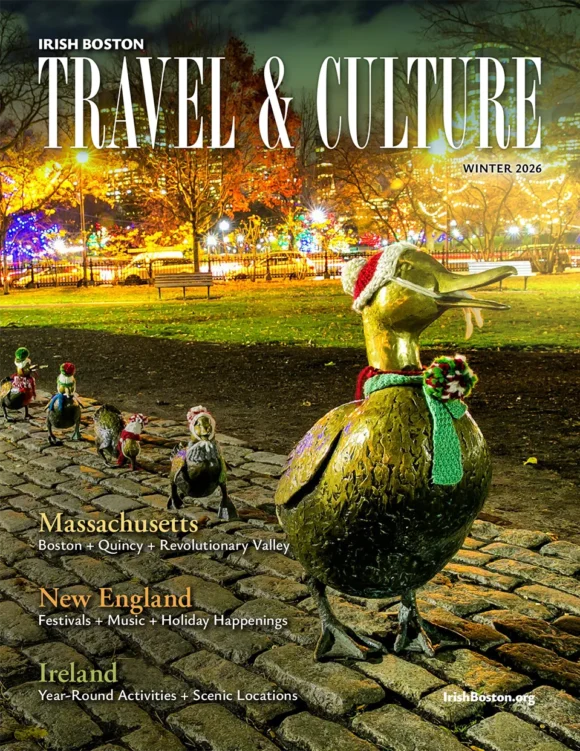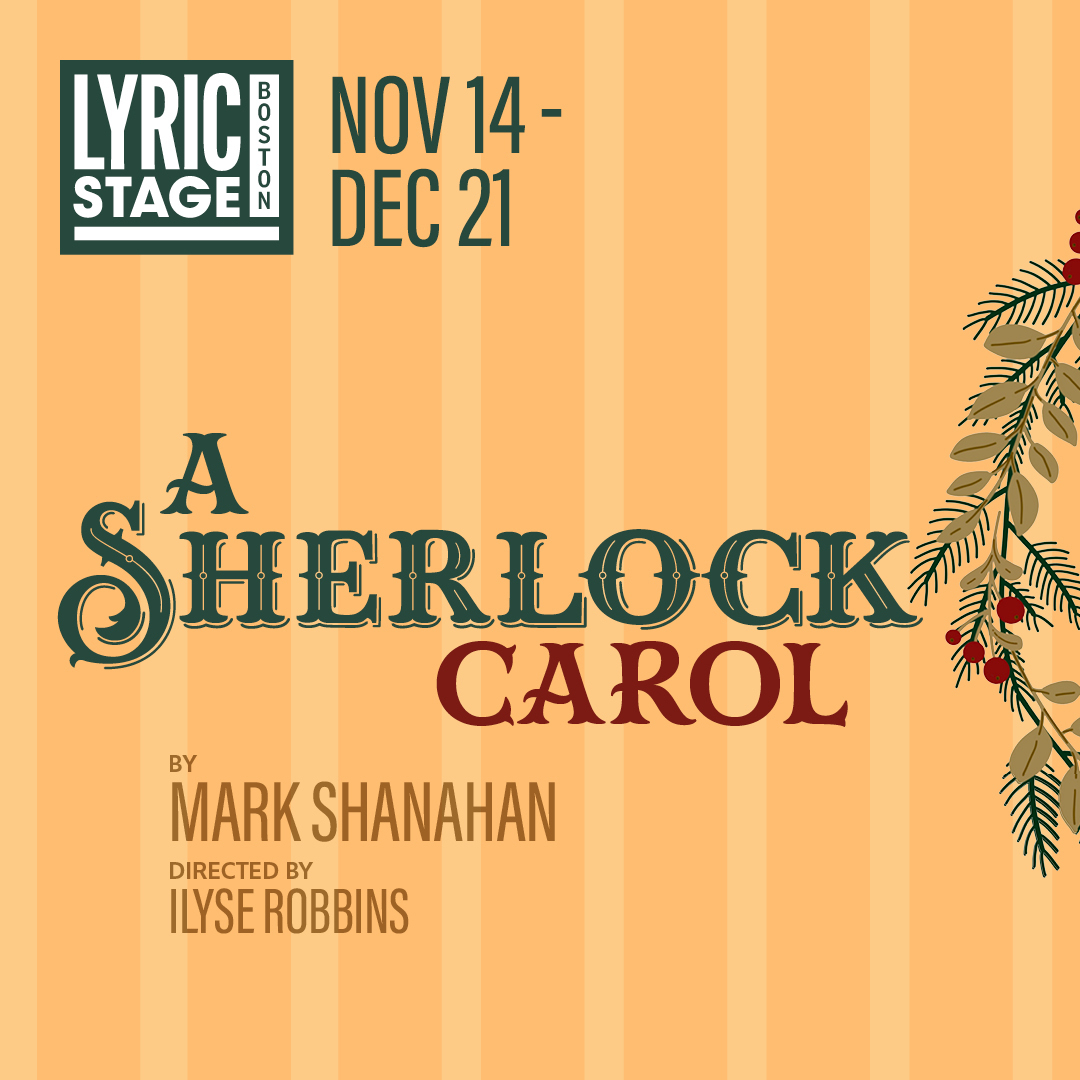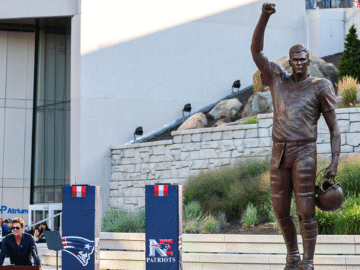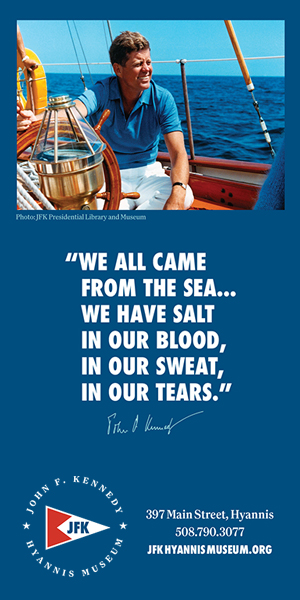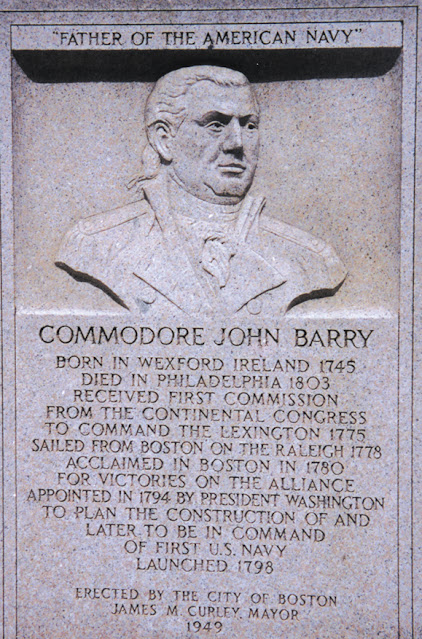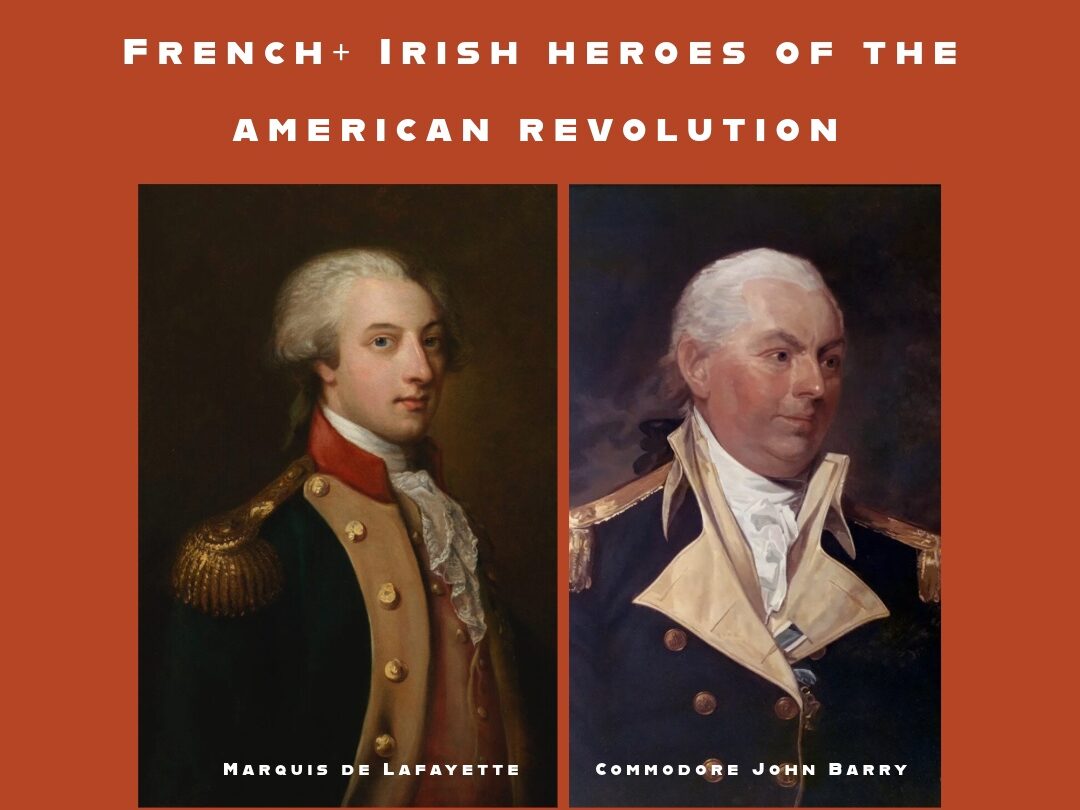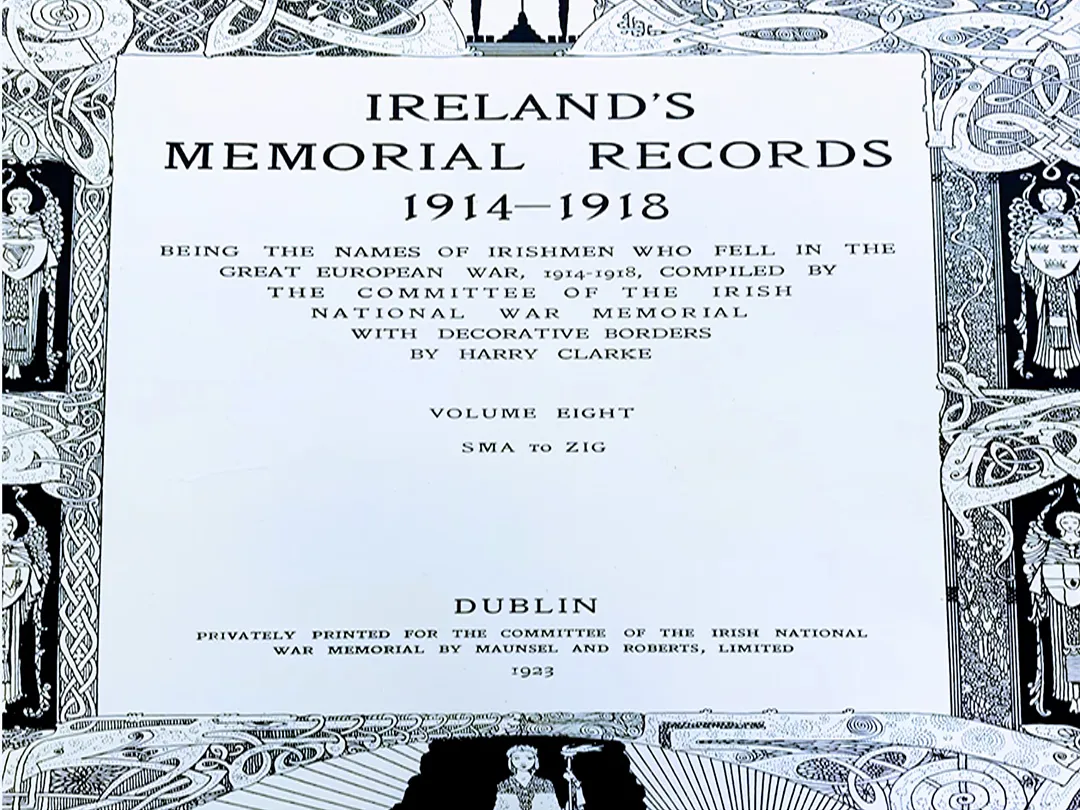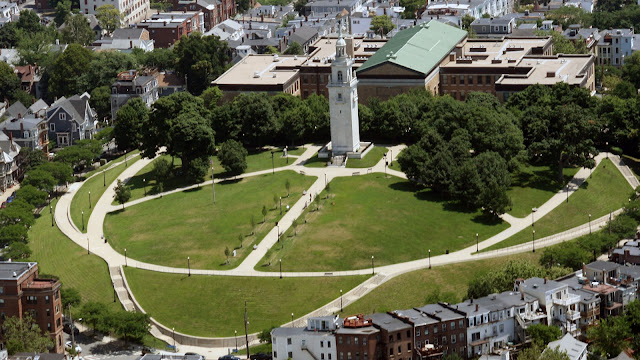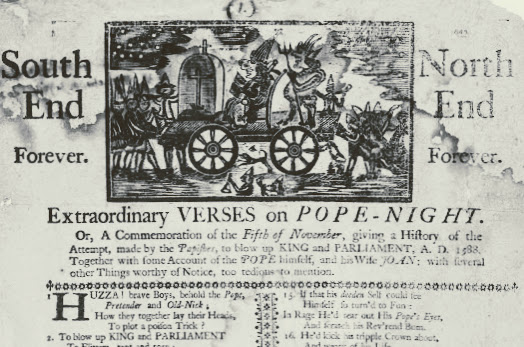Boston’s Charitable Irish

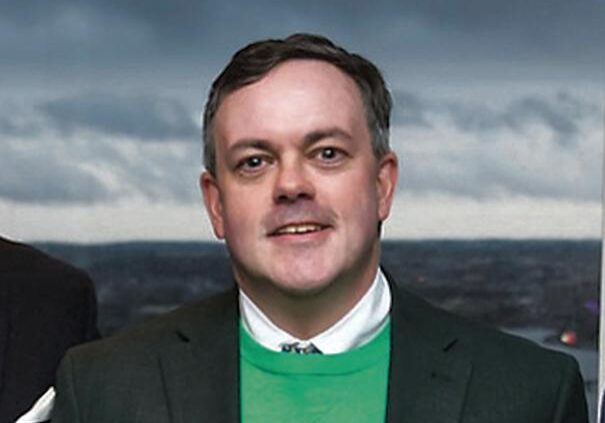
On Wednesday, October 29, the Charitable Irish Society holds its Silver Key Award at the UMass Club in Boston, starting at 6 p.m. The 2026 recipients of the award include Most Rev. Richard G. Henning, Archbishop of Boston and Conor Shapiro, President and CEO of Health Equity International. The annual event serves as a fundraiser to build support for the Charitable Irish Society’s mission to aid immigrants in need.
We spoke recently with Charitable Irish Society President Jim Foley to learn more about America’s oldest Irish organization, which was formed in 1737 to help Irish immigrants arriving in Boston. It’s a mission the Charitable Irish Society has admirably carried out for 288 years.
Jim, congratulations on your new position as president of the Society. Tell us about your background.
I was born in Boston at St. Elizabeth’s Hospital. My mom was from Jamaica Plain and dad was from Norwood. I grew up in Norwood and went to St. Catherine’s School and then Xaverian. My undergrad was in International Politics from the Catholic University of American and an MBA from Boston College’s Carroll School of Management.
I work at Oracle where I am a senior manager as part of the ACS (Post Go Live Consulting) team supporting the NetSuite Product. I have been there 11 years. I live in Marblehead with my wife Ann and my two sons
Your grandparents are from Connemara – how has that shaped your outlook? Do you get back there much?
When I was named president of the Society, my cousin in Carraroe wrote “Well done, fly the flag high for Connemara.” And I think that is one thing you see about people from Connemara – that they are proud of being from there and still feel a connection to the people of the Diaspora. The other thing is that you grow up thinking that speaking the Irish language day-to-day is normal.
I was back in Inverin and Carraroe in 2024, but it has been a number of years since I had been there previously. We plan on going there again in 2026.
How did you get involved in the Charitable Irish Society and what do you hope to achieve as president?
I was at a meeting at the Irish Consulate and was sitting next to Kathy Williams, my predecessor as president of Charitable Irish Society. She said that they had some open board seats and were looking for new members. So she recruited me.
As president, I want to drive increased membership and to raise more money for helping immigrant families in need. I particularly want to make sure we are making a strong effort to help Irish immigrant families while at the same time staying true to our mission of helping immigrants from all backgrounds.
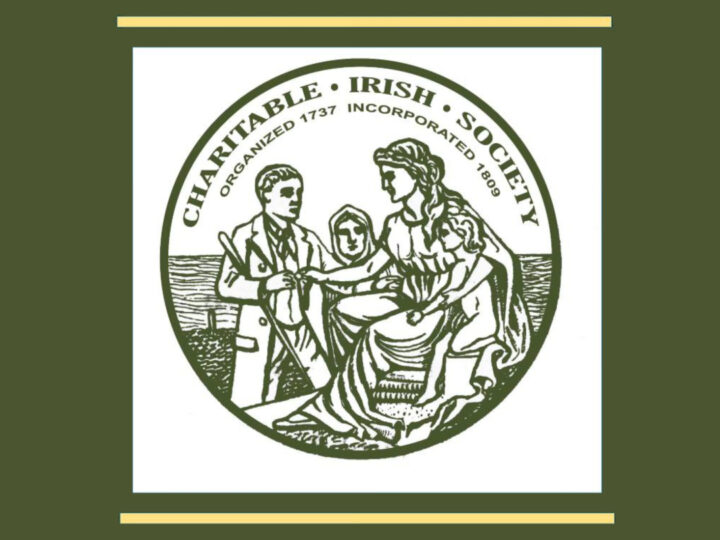
What has surprised you about the Charitable Irish Society that you didn’t know before becoming president?
I knew it was the oldest Irish charity in the Americas but I had no idea how deep that history was. I didn’t realize, for example, our involvement in the American Revolution, including the fact that Revolutionary War hero Henry Knox was a member. I didn’t realize that we had helped John Singleton Copley and his Irish widowed mother when he was a boy. I didn’t realize that President Taft spoke at the St. Patrick’s Day dinner in 1912. I didn’t know that Derry-born immigrant Charles Logue – who built Fenway Park and Boston College’s Gasson Hall – was a member. I didn’t know that Harvard’s Celtic Department was founded in 1940 thanks to a gift from the Charitable Irish Society.
How do you view the Society in the context of Boston’s vibrant Irish-American community?
I think the main observation is that the Society is not just a fraternal or social organization but is also an active charity, raising funds to help immigrant families in need.
The second point is the Society’s longevity. Since 1737, we always have a party every March 17 on St. Patrick’s Day, no matter what day of the week it falls on. The Society did not meet during the Revolutionary War but started up again in the late 1790s. I once heard Father William Leahy of Boston College say, “Traditions are to institutions as memories are to individuals,” and I see that with the Society. We are continuing a long tradition of Irish-American history that existed even before the Irish Famine, before the United States was even a country.
Thank you, Jim.
Enjoy articles like this?
Join our mailing list and have the latest sent to your inbox.

